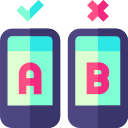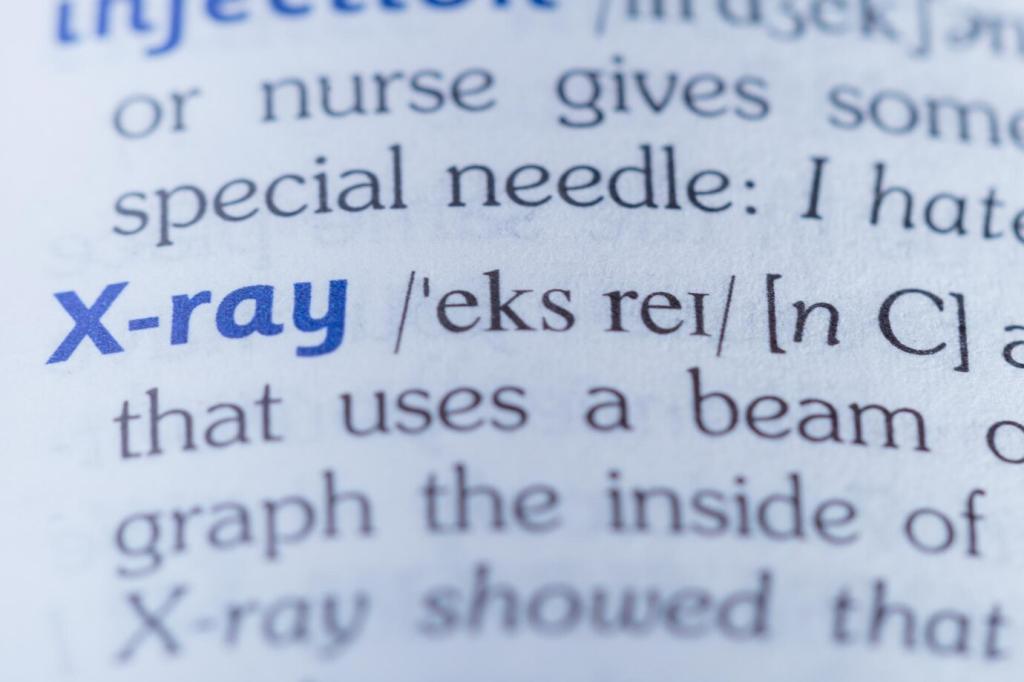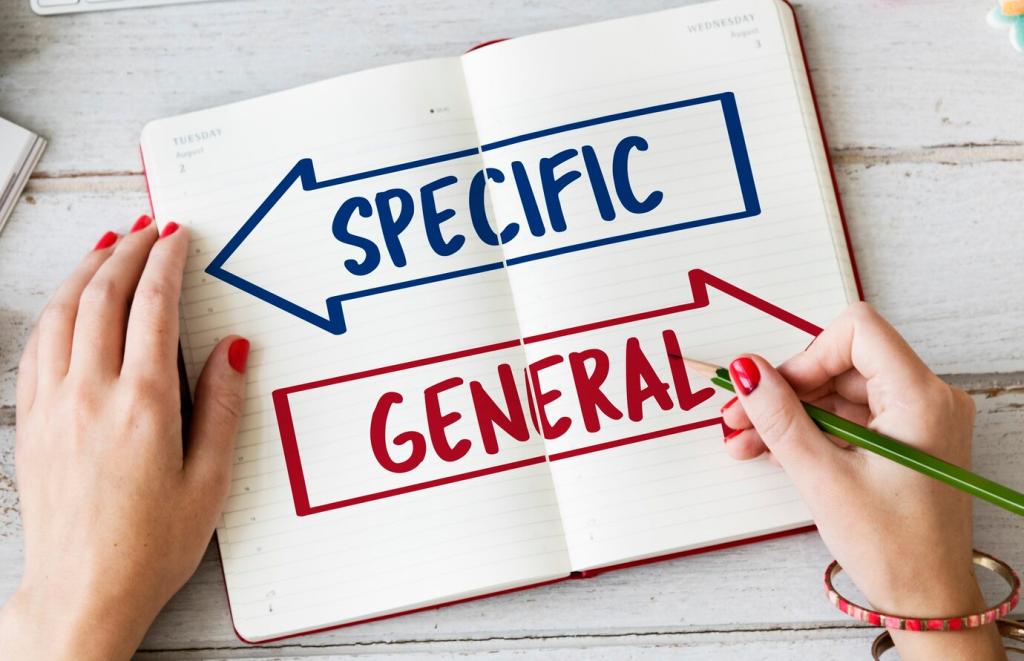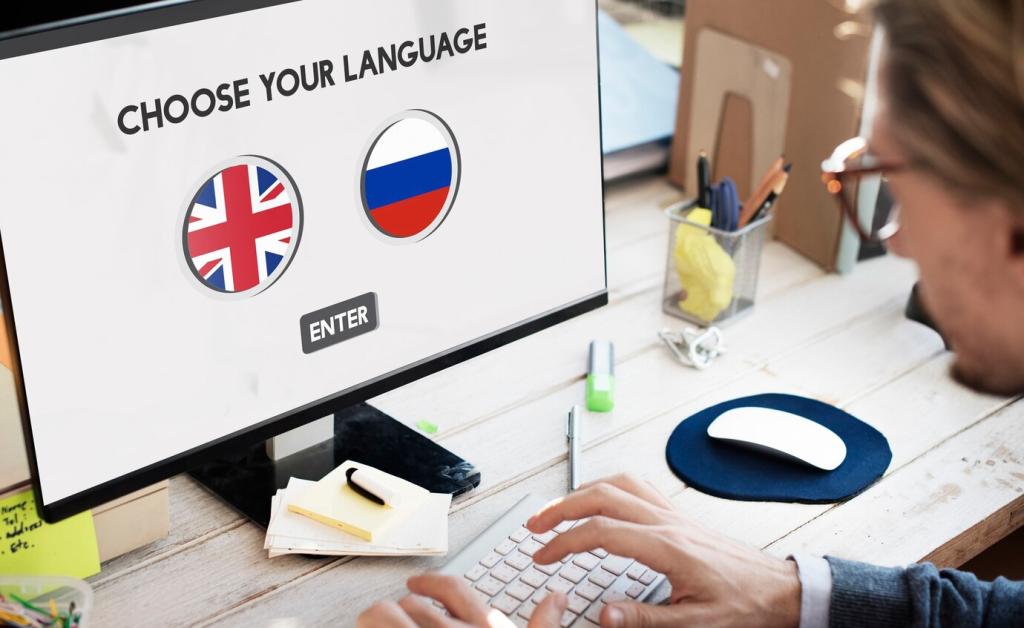Stories from the Field: Outcomes in Real Courses
After a commute-heavy semester, Maya moved online, using weekly goals and short quizzes to track progress. Her exam scores held steady, while project quality improved through iterative feedback. She credits clarity and flexibility more than the medium itself.
Stories from the Field: Outcomes in Real Courses
A biology instructor blended short in-person demos with online simulations and reflective lab notes. Practical skills were checked on campus; conceptual understanding grew through pre-lab modules. Outcome data showed fewer errors and stronger transfer to novel experiments.
Stories from the Field: Outcomes in Real Courses
One program standardized outcome statements, rubrics, and feedback timelines across online and traditional courses. Within two terms, capstone performance rose, and equity gaps narrowed. The team attributes gains to alignment and timely support, not the delivery format alone.










